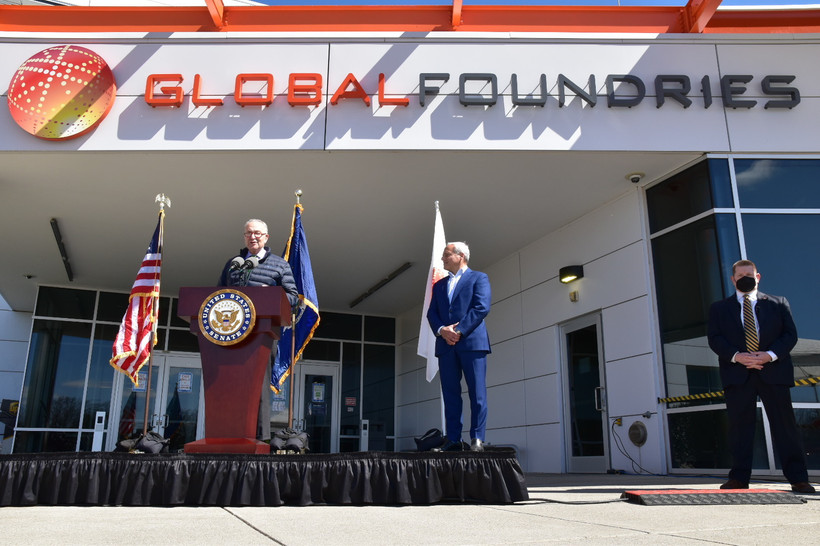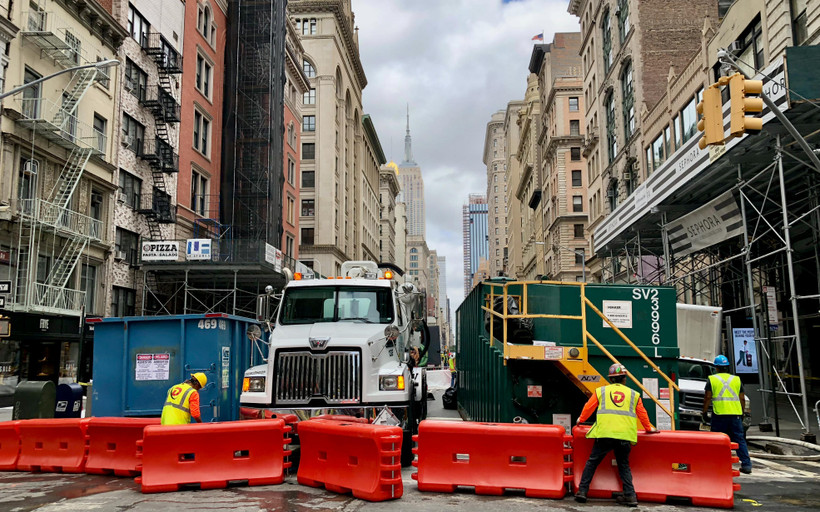Schumer Announces New York’s Latest Semiconductor Deal, to Subsidy Watchdogs’ Chagrin
New York is showering microchip manufacturers with billions in subsidies—on top of massive federal incentives.


New York’s Equal Rights Amendment would enshrine the right to abortion in the state. A judge threw it off the ballot for the fall, but an appeal is expected.
While New York City’s public campaign finance system endures scandals, the state won’t audit the majority of campaigns.
After DA Sandra Doorley berated a police officer, Hochul referred her to a commission that is yet to become active — and lacks the authority to issue discipline.
It’s the first step New York has taken to address its housing shortage in years — but tenant groups are fuming and real estate wants more.
A version of good cause eviction and new hate crimes are in; new taxes on the wealthy and education cuts are out. Here’s where things landed in this year’s budget.
The Assembly rejected legislation that would have sped up New York’s transition away from gas.
Low-wage manual laborers can sue to make their bosses pay them weekly. Hochul’s late-breaking budget addition may undermine that right.
As real estate developers resist wage guarantees and try to roll back tenants’ rights, a potential budget deal is at an impasse.
As the state legislature considers a bill to change warranty payments, unions join their bosses to make car companies pay more.


